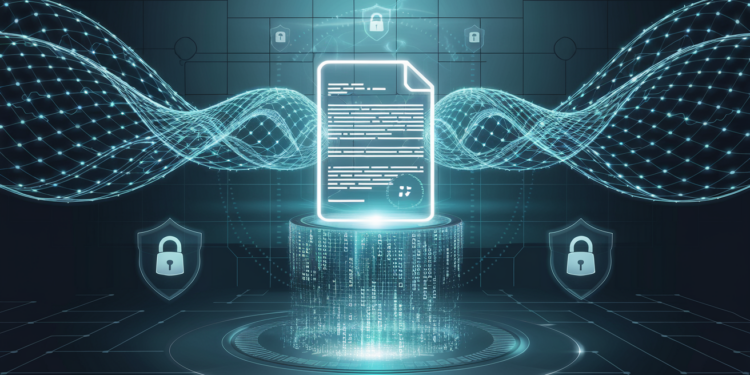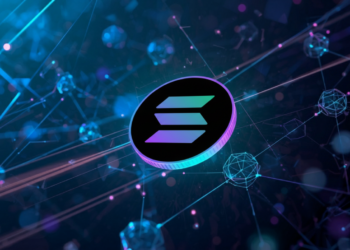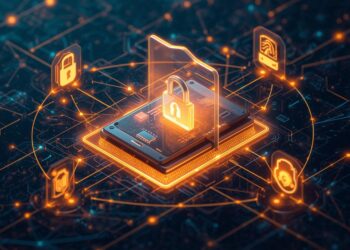The importance of smart contract security is growing fast in our decentralized world. As more businesses and individuals rely on these contracts for transactions, safeguarding them becomes essential. Recent high-profile exploits have highlighted the numerous vulnerabilities lurking in the code of these contracts, making it clear that stronger security measures are needed. This article will discuss key trends shaping the future of smart contract security over the next five years.
Formal Verification and its Expanding Role
Formal verification is gaining traction as a powerful tool for ensuring the security of smart contracts. This method uses mathematical techniques to prove that a contract behaves as intended.
Static and Dynamic Analysis Techniques: A Comparative Overview
- Static Analysis: This examines the code without executing it. Often automated, it can catch errors and vulnerabilities early in the development process.
- Dynamic Analysis: This requires executing the contract to identify potential issues. It can provide insights into runtime behavior, revealing problems that static analysis might miss.
Both methods have their strengths, and using them together can enhance security.
Case Studies: Successful Deployments of Formal Verification in Real-World Projects
Examples of successful implementations are emerging:
- Ethereum has seen increased formal verification efforts, resulting in reduced bugs and enhanced contract performance.
- OpenZeppelin offers a library of verified smart contracts, promoting best practices and reliability in contract design.
The Future of Formal Verification: Integrating AI and Machine Learning
The integration of AI and machine learning can amplify formal verification efforts. These technologies can help identify patterns in vulnerabilities, leading to smarter and faster security assessments.
Decentralized Security Audits and Community Involvement
In recent years, the traditional security audit model has begun to shift. Decentralized security audits are on the rise, leveraging community involvement for better results.
Shifting from Traditional Audits: The Rise of Decentralized Models
Decentralized audits tap into a broader pool of expertise. This approach can lead to more thorough evaluations while promoting transparency and trust.
Incentivized Bug Bounty Programs: Best Practices and Success Metrics
Bug bounty programs encourage security experts to find vulnerabilities in exchange for rewards. To maximize effectiveness, programs should:
- Clearly define the scope of testing.
- Set reasonable reward structures.
- Ensure timely communication and feedback.
Fostering Community Participation: Transparency and Collaboration Initiatives
Community-driven initiatives build a culture of security. Engaging users in the audit process not only enhances security but also fosters trust in the ecosystem.
Quantum-Resistant Cryptography and its Implications
As quantum computing advances, it poses a potential threat to smart contract security. Understanding this threat is crucial for future-proofing contracts.
Understanding the Quantum Computing Threat to Smart Contracts
Quantum computers can potentially break traditional cryptographic algorithms. This could lead to unauthorized access to smart contracts and sensitive data.
Exploring Post-Quantum Cryptographic Algorithms: Suitable Candidates
Several post-quantum algorithms show promise, such as:
- Lattice-Based Cryptography
- Hash-Based Signatures
- Code-Based Cryptography
These algorithms aim to secure contracts against the looming quantum threat.
Integrating Quantum-Resistant Cryptography: Challenges and Opportunities
Transitioning to quantum-resistant cryptography won’t be easy. It involves:
- Updating existing systems.
- Ensuring interoperability with traditional methods.
- Educating developers on new protocols.
Despite challenges, embracing these advances can provide long-term security benefits.
Advanced Threat Modeling and Prevention Strategies
As attacks become more sophisticated, traditional vulnerability assessments may not be enough. Advanced threat modeling will take center stage.
Beyond Traditional Vulnerability Assessments: Proactive Threat Modeling
Instead of just identifying flaws, threat modeling focuses on understanding potential attack vectors. This proactive approach helps build more resilient contracts.
Implementing Robust Access Control Mechanisms: Granular Permissions
Granular permissions enable fine-tuned access control. Smart contracts should restrict functionalities based on user roles to mitigate risks.
The Role of Blockchain Forensics in Post-Exploit Response
In the unfortunate event of an exploit, blockchain forensics can provide valuable insights. Analyzing transactions can aid in identifying vulnerabilities and strengthening contracts against future attacks.
The Evolving Regulatory Landscape and its Impact
The regulatory landscape for smart contracts is evolving, shaping how security measures are implemented. Navigating this landscape is vital for developers and businesses.
Emerging Regulatory Frameworks for Smart Contract Security
Governments are beginning to create regulations specifically for smart contracts. Staying informed about these developments will be crucial for compliance.
Compliance Requirements: Navigating the Legal Maze
Understanding compliance requirements is essential. This includes:
- Data protection regulations.
- Financial regulations.
- Industry-specific guidelines.
Meeting these standards will enhance the trustworthiness of smart contracts.
The Impact of Regulation on Innovation and Adoption
Regulation can be a double-edged sword. While it enhances security and trust, excessive regulation may stifle innovation. Balancing these factors will be key to fostering a healthy smart contract ecosystem.
Conclusion: A Secure Future for Smart Contracts
In conclusion, the landscape of smart contract security is shifting. Developers and businesses must stay ahead of the curve by adopting new strategies and technologies.
Key Takeaways and Actionable Steps for Developers and Businesses
- Invest in formal verification.
- Embrace decentralized auditing models.
- Prepare for quantum-resistant cryptography.
Looking Ahead: The Continuous Evolution of Smart Contract Security
As technology advances, so will the threats. Ongoing education and adaptation will be essential to ensure smart contracts remain secure.
The Importance of Ongoing Education and Adaptation
Staying informed about trends and threats is crucial. Frequent training and resources can empower developers to build safer smart contracts, ensuring a secure future for all.
The future of smart contract security is bright, but it requires vigilance and proactive measures from everyone involved.
Join Us : Twitter | Website | GitHub | Telegram | Facebook | YouTube























